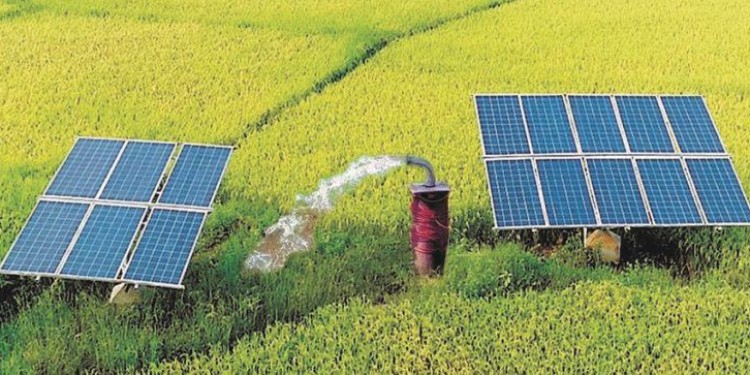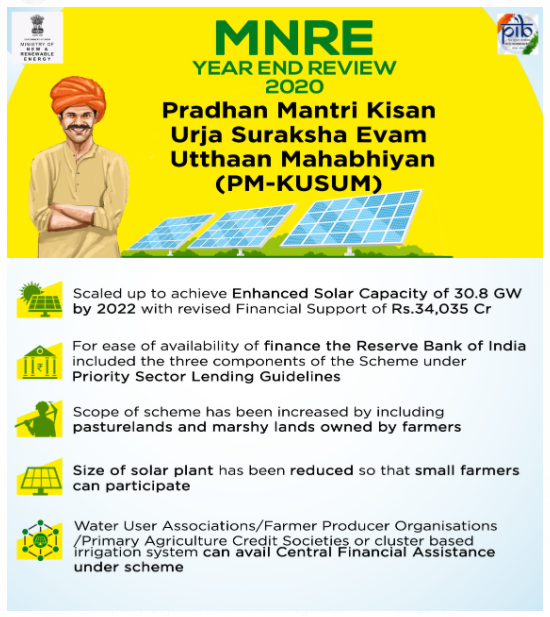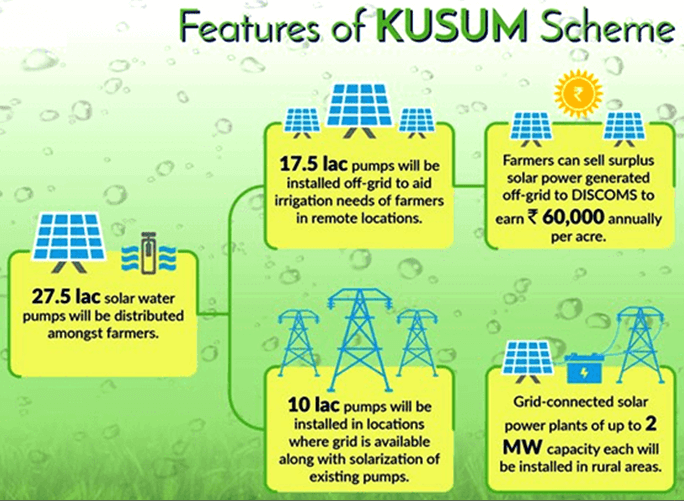Free Courses Sale ends Soon, Get It Now


Free Courses Sale ends Soon, Get It Now



Disclaimer: Copyright infringement not intended.
Context
About PM Kusum
The Scheme consists of three components:


Significance of the Scheme
Challenges
Way Forward
https://pib.gov.in/PressReleasePage.aspx?PRID=1828698
© 2024 iasgyan. All right reserved